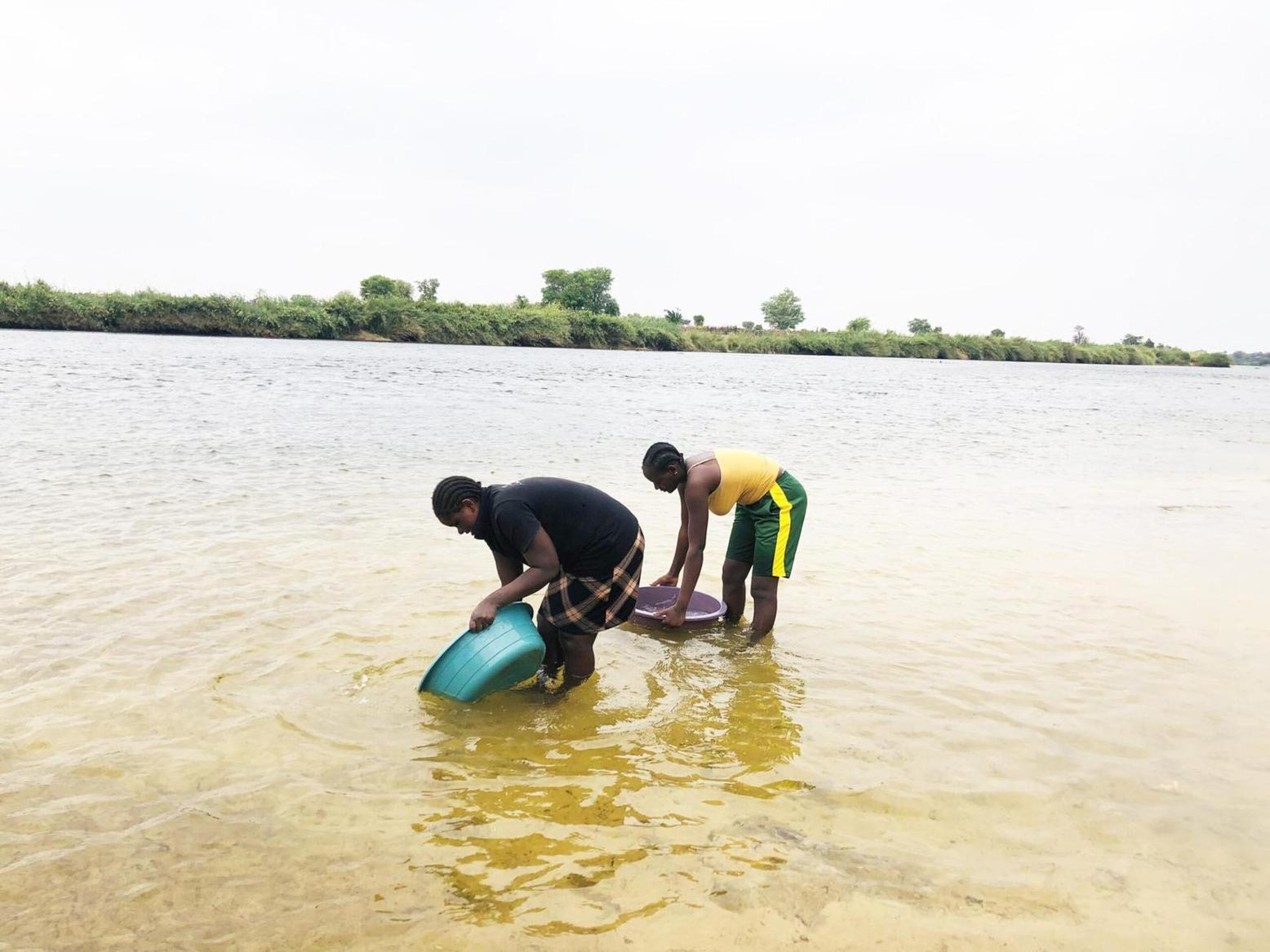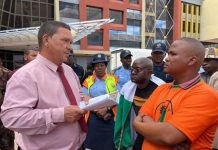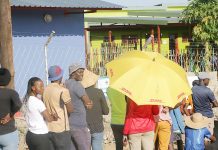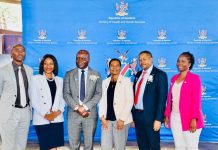Africa-Press – Namibia. Despite significant investment in water projects across the Kavango West region, residents continue to face severe shortages due to inadequate infrastructure and low water pressure.
These findings are based on recent assessments by the Kavango West Regional Council on the implementation status of projects funded under the Value Added Tax (VAT) allocation for the 2023/2024 and 2024/2025 financial years. The findings reveal critical infrastructure failures that are exacerbating the crisis.
Residents across the region wake up every morning to the same routine – walking up to five kilometres to the nearest water source as infrastructure struggles to meet demand.
At Sivare village in the Tondoro constituency, residents walk five kilometres daily to reach the Mbome village borehole, while in Tondoro village, desperate residents draw water directly from the river, risking animal attacks and waterborne diseases.
“We are forced to fetch water from the river because we have no other choice, but it’s hazardous. Crocodile attacks have been recorded in our area. We live in fear every time we go to the river, but what can we do? Our families need water,” said Theresia Kambazera, a Tondoro resident.
At Sivare village, community member Dala Mukuve expressed frustration about the daily trek to fetch water.
“Every morning, we wake up at 04h00 to walk more than five kilometres to the community tap at Mbome village. By the time we return, it’s already midday, and we are exhausted. Our children are often late for school because they have to help carry water. This is not the life we want for our families,” Mukuve said.
Boreholes completed in July 2024, which were intended to provide relief, remain uninstalled, leaving communities without the promised supply.
Infrastructure problems run deep as the region’s water problems stem not from a lack of projects, but from poor design and implementation. Water systems across multiple constituencies suffer from insufficient capacity, low tank stands causing poor pressure, and undersized solar pumping systems.
At Mutorwa village, the rehabilitated water point operates with only two solar panels, resulting in tanks barely being filled. Residents compete with livestock for the same water source, a situation that worsens during the rainy season when solar efficiency drops.
The Satotwa North Water Pipeline exemplifies the pressure problems. A single 10 000-litre tank serves a school hostel, surrounding households, and livestock through just four taps. The low tank stand creates a bottleneck, leaving many without adequate supply.
Solar systems show mixed results, with the choice between solar and electric pumping producing varying outcomes. Communities in Tcasava-Mpora village have transitioned from problematic petrol pumps to reliable solar systems. However, other areas struggle with solar limitations.
At the Dudu water tank stand in the Kapako constituency, the solar system’s daytime-only operation has proven to be insufficient. Community members have called for conversion to electricity and installation of booster pumps, highlighting a critical planning gap in solar system sizing.
At Sitenda village, meanwhile, incorrect pipe connectors have stalled project completion, and Mile 20 faces delays due to insufficient installation tools. These oversights translate into continued hardship for struggling communities.
Population growth has outpaced water infrastructure development across Kavango West, with existing tanks in the villages of Bunya and Sampate, unable to meet communities’ needs. Ncamagoro’s small tanks fail to serve the growing population adequately.
The official assessments have been critical of the standard installation of 5 000-litre tanks with two-metre stands, concluding it is insufficient for most communities. They recommended 10 000-litre tanks on six-metre stands as the new minimum standard.
Farm operations are also affected. At the Kavango Cattle Ranch, farm operations face daily challenges from low water pressure. Farm posts rely mainly on solar-powered pumps, but eight locations still use diesel engines.
Kavango Cattle Ranch farm manager, Walter Sirongo, said elephants also regularly destroy water pipes and valves, creating recurring costs that strain farm funding.
“Every day we need to fix and buy fittings to connect the pipes,” he said.
Several schools lack water sources entirely, forcing connections to community boreholes where available. Isolated schools like Karanawa Primary School, Ntara Combined School, and Daniels Tendopasi Katara Combined School have no nearby water sources.
The lack of water affects not just drinking needs but also ablution facilities, creating additional health and sanitation challenges for students and teachers.
Despite widespread challenges, some communities have found success. Tcasava-Mpora residents now enjoy improved water access through properly sized solar systems, demonstrating what is possible with adequate planning and implementation.
Recommendations for improvement from the community assessments identifies a need for key improvements such as standardising larger tank capacities, raising tank stands to improve pressure, installing booster pumps where necessary, and ensuring proper sizing of solar systems.
The Kavango West Regional Chief Statistician, Mika Nzamene, said water access remains fundamental to the region’s development aspirations. As communities continue daily walks and compete with livestock for limited supplies, the human cost of inadequate infrastructure becomes increasingly apparent.
“The region’s water challenges require not just increased investment, but smarter planning considering community size, growth projections, and full lifecycle costs of water systems,” said Nzamene.
For Kavango West residents, reliable water access represents dignity, health, and the foundation for community development. Until infrastructure gaps receive comprehensive attention, the daily water walk will continue defining life in one of Namibia’s most water-challenged regions, and what’s needed now is a coordinated effort to implement them at the scale and quality these communities deserve.
For More News And Analysis About Namibia Follow Africa-Press






